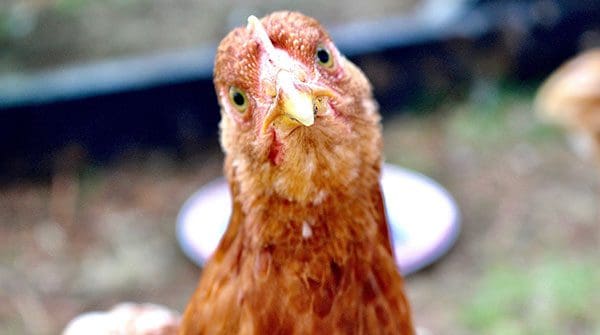New study shows filters made of chicken feathers remove 99 percent of heavy metals in water
New University of Alberta research is fluttering closer to turning chicken feathers into an effective filter for water decontamination.
Experiments using two chemical agents have improved how keratin from the feathers adsorbs – or sticks to – heavy metals usually found in surface, well or dugout water used by poultry producers for their stock.
 Muhammad Zubair |
 Aman Ullah |
 Roopesh Syamaladevi |
The research shows that for the first time, the bio-based filter can remove up to 99 percent of eight heavy metals simultaneously – the highest numbers yet, says Muhammad Zubair, who conducted the work to earn a PhD in bioresource technology from the Faculty of Agricultural, Life & Environmental Sciences.
That finding increases the throwaway poultry byproduct’s potential as a low-cost, sustainable way to solve a larger global problem, he says.
“Access to clean drinking water is a key to building a healthy and sustainable society, yet many countries, like in South Asia, have groundwater that is contaminated with heavy metals. Arsenic alone has affected 137 million people in 70 countries.”
Zubair’s work, supervised by professors Aman Ullah and Roopesh Syamaladevi Mohandas, contributes to ongoing research into bio-based sorbents, led by Ullah through the U of A’s Future Energy Systems program.
To help improve adsorption of the protein found in the feathers, Zubair used graphene oxide and nanochitosan in separate experiments to modify the properties of the keratin. Treating the feathers with the chemical agents created more surface area in the adsorbent – which looks like a black powder – to capture contaminants.
Zubair’s research showed that both chemical agents proved effective at removing arsenic, cadmium, chromium, cobalt, lead, nickel, selenium and zinc from small samples of simulated wastewater.
All of the toxins are also commonly found in wastewater used in processing industries such as oil, gas and mining.
Boosting the capacity of the adsorbent “is an exciting step forward for greater efficiency,” he adds.
Working with the two chemicals also built a better understanding of the interaction between keratin and heavy metals during adsorption, he adds.
“That may help us to further modify the keratin’s properties, to adsorb other heavy metals beyond the eight types we worked with.”
Though only tested in simulated synthetic water for poultry use, the adsorbent technology could potentially be used in wastewater from oil and gas processing and other chemical-related industries as well, he suggests.
“This technology could go beyond Alberta and have a global impact.”
The chemically treated keratin will now be tested in larger volumes of wastewater, part of the process aimed at eventually bringing it to industrial scale.
| By Bev Betkowski
This article was submitted by the University of Alberta’s Folio online magazine, a Troy Media Editorial Content Provider Partner.
The opinions expressed by our columnists and contributors are theirs alone and do not inherently or expressly reflect the views of our publication.
© Troy Media
Troy Media is an editorial content provider to media outlets and its own hosted community news outlets across Canada.
